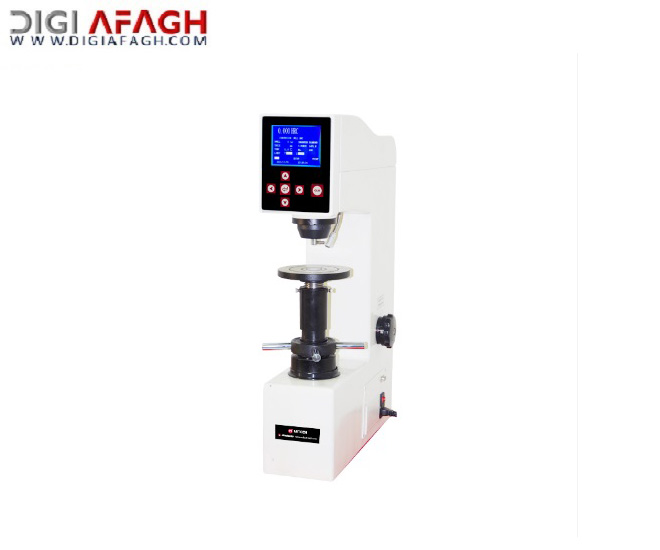
دستگاه سختی سنج راکول سطح دیجیتال MHRS-45A
Mitech MHRS-45A Digital Surface Rockwell Hardness Tester
- برند : شرکت MITECH
- دسته بندی : تجهیزات سختی سنج


سختی سنج راکول با نمایشگر دیجیتالی Mitech MHRS-45A ، بر اساس اصل مکانیکی الماس مخروطی یا فرورفتگی آلیاژی سخت با فشار دادن به سطح نمونه برای ایجاد فرورفتگی، اندازه گیری سختی مواد را با اندازه گیری عمق فرورفتگی درک می کند. طبق آمار، سختی سنجی راکول پرکاربردترین روش سختی سنجی در صنعت فرآوری فلزات است که نسبت بهره برداری آن بیش از 70 درصد است. عملکرد پایدار، صفحه نمایش ال سی دی بصری و راحت است که کار با طراحی منو، ادغام مکانیکی و الکتریکی نسل جدیدی از محصولات با تکنولوژی بالا را آسان می کند. به طور گسترده ای در پردازش و ساخت فلز، تجزیه و تحلیل شکست مواد مختلف فلزی و زمینه های دیگر مانند کالج ها و موسسات تحقیقاتی استفاده می شود، و تجهیزات تشخیص پیچیده برای آزمایش سختی سطح فلز و سایر مواد است
Function & application
l Used for quality control in metal processing manufacturing
l Used for failure analysis testing of metallic materials;
l Demonstration experiment for education and teaching in Colleges and Universities;
l Hardness testing of materials in scientific research institutions.
Working Principle
The surface Rockwell hardness test is based on a diamond cone or a diameter of the ball head, with a small test force to press the sample surface hardness value. In the test, the initial test force is first loaded and the main test force is loaded. After pressing the specimen test surface, the main test force is removed, and the surface Rockwell hardness value of the measured metal material can be determined,according to the depth of the specimen indentation while retaining the initial test force.
As is shown in the figure below, 0-0 is the position where the diamond indenter is not yet in contact with the specimen. 1-1 for the initial test force under the action of the indenter position, press the depth of h1, the initial test is to eliminate the sample surface.It is not clean which is caused by the accuracy of the test results. In the figure, 2-2 is the position of the indenter under the total test force (initial test force and main test force), the pressing depth is h2.3-3,and the position of the indenter after unloading the main test force, for metal elastic deformation will produce a certain recovery, so the actual pressure into the depth of h3 h3.The main test force caused by the plastic deformation of the indenter into the depth of h is h3-h1. Rockwell hardness value determined by the size of h, the greater the depth h, the lower the hardness; the other hand, and the higher the hardness. Each press 0.001mm is a surface Rockwell hardness unit. The hardness value obtained is called the surface Rockwell hardness value, denoted by the symbol HRN (T).
Working Conditions
l Operation Temperature:10~30℃;
l Relative Humidity:≤65%;
l The surrounding environment should avoid of vibration, strong magnetic field, corrosive medium and heavy dust.
Instrument Features
l Widely used for surface Rockwell hardness test with a variety of metal and non-metallic materials;
l Adopt large-screen LCD and LED digital dual-screen display, easy to operate, and it can visually display the test results
and the measurement parameters;
l With fast test speed, small indentation of the workpiece after testing, it is the high-tech products of the mechanical and
electrical integration ;
l Support the conversion among various hardness scales such as Brinell, Vickers and etc;
l Option for various specifications of the indenter, support many types of Rockwell hardness scales testing ;
l Equipped with high-speed thermal printer, quickly print out the test data;
l Diamond indenter, durable wear and accurate measurement;
l Using grating displacement sensor, and the measurement error is small;
l Consistent with EN-ISO-6508、GB/T230.1、GB/T230.2、JJG112、ASTM E18 and other relevant standards at home and
abroad.
Operating Method and Attentions
Instrument Maintenance
l During testing, to ensure accuracy, please make sure the distance between the adjacent indentation center and the
distance from the indentation center to edge of the specimen is greater than 3mm;
l Normally, the first point is only used to offset the gap of each support surface without needing to record the test result.
Record the statistical test result from the second point;
l It is strictly prohibited to turn the variable loading handwheel when the instrument load or unload the test force. Rotating
the handwheel forcibly will cause the internal gear dislocation, test force in chaos and even damage the internal parts of
the instrument;
l If the specimen has visible deformation marks on the back and edges, the test result would be useless. It should choose
the intender or test force to test again;
l The test personnel should follow the operating procedures.Before and after the test,it should be repeated with standard
block calibration equipment;
l Pay attention to palm the instrument for carrying to forbid falling across. Please fix well the measuring lever, counterweight
and boom before carrying;
l When not in use for a long time, please cover the dust cover to prevent dust into the instrument interior. And the
hardness block, indenter should be coated with antirust oil to prevent rusting after using;
l Long time after the re-enabled,it should be preheated the electrical components before test
l The hardness tester should be calibrated at least once a year to ensure its accuracy;
l Please regularly put a small amount of oil on the screw and the handwheel interface;
.svg.png)
فروشنده : آفاق تجهیزات آزمایش

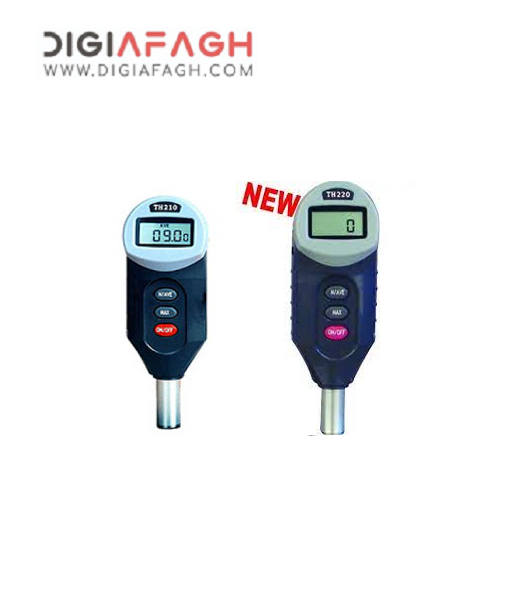
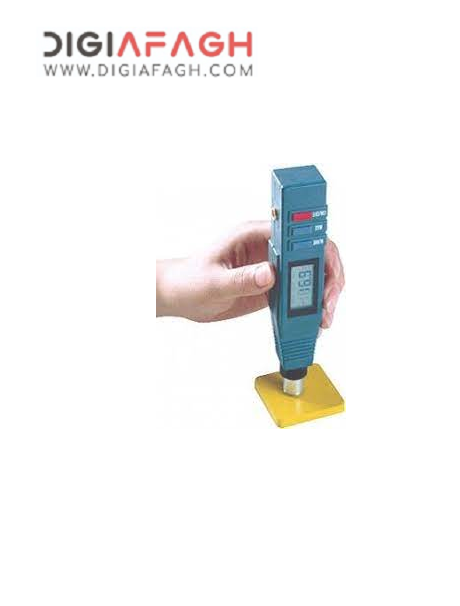
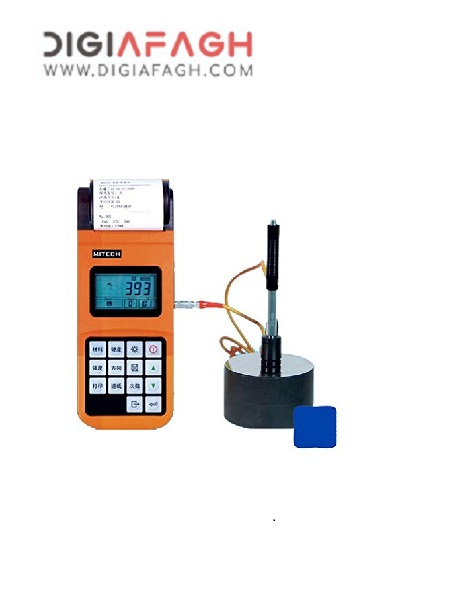
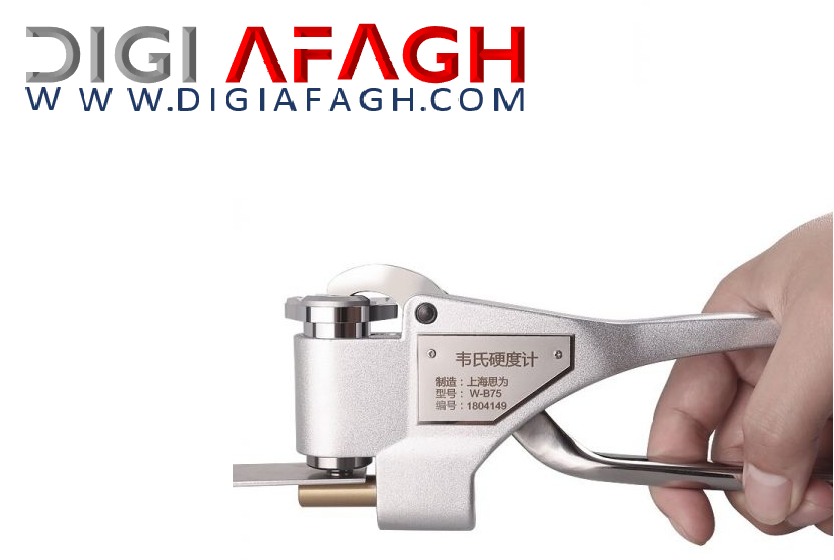
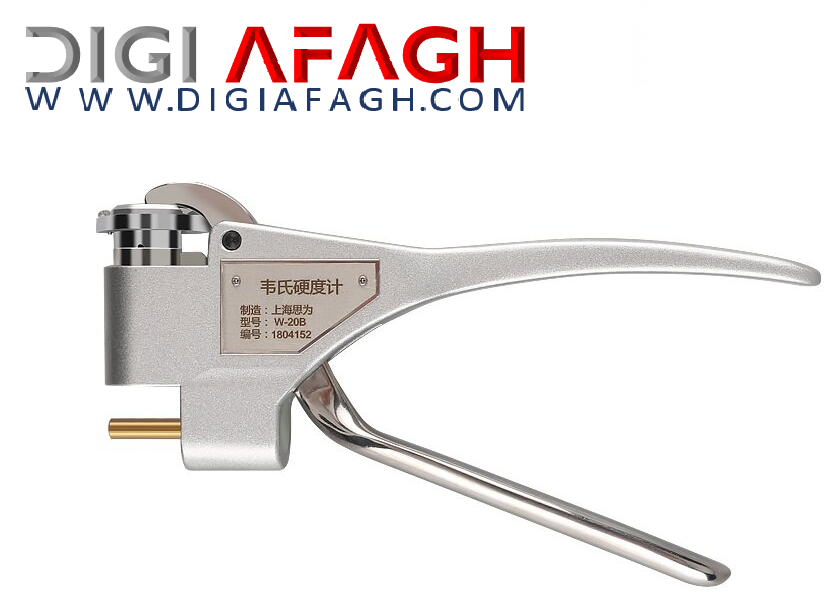
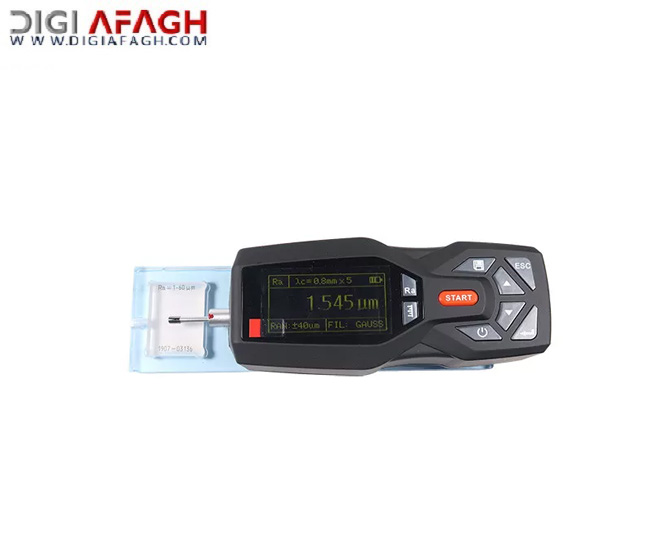
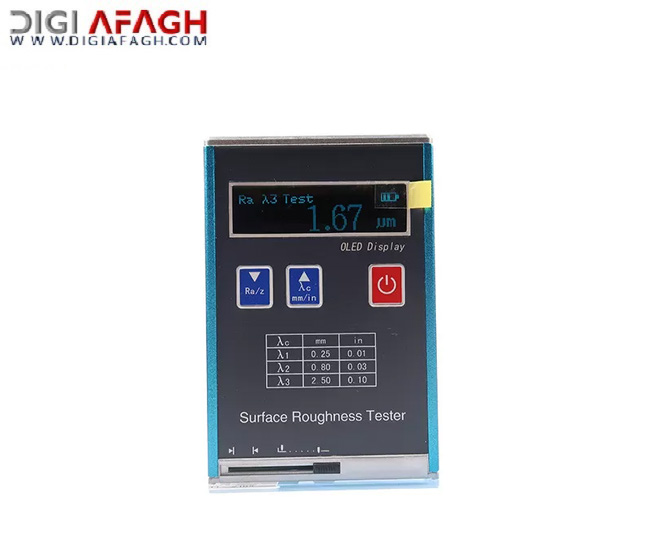
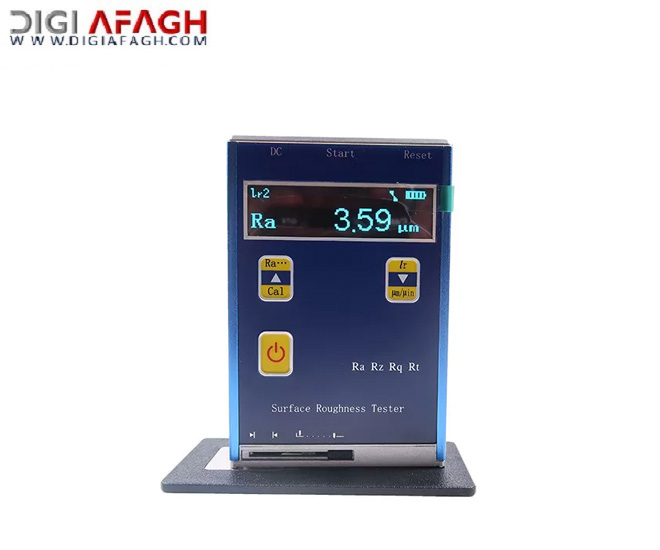
دیدگاه خود را در مورد این کالا وارد نمایید.